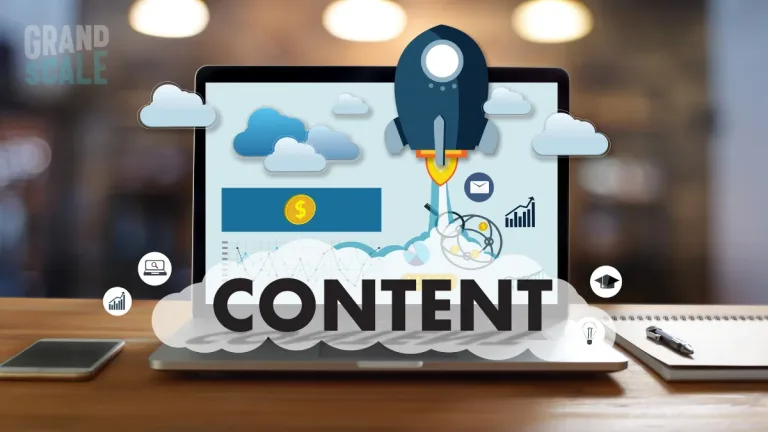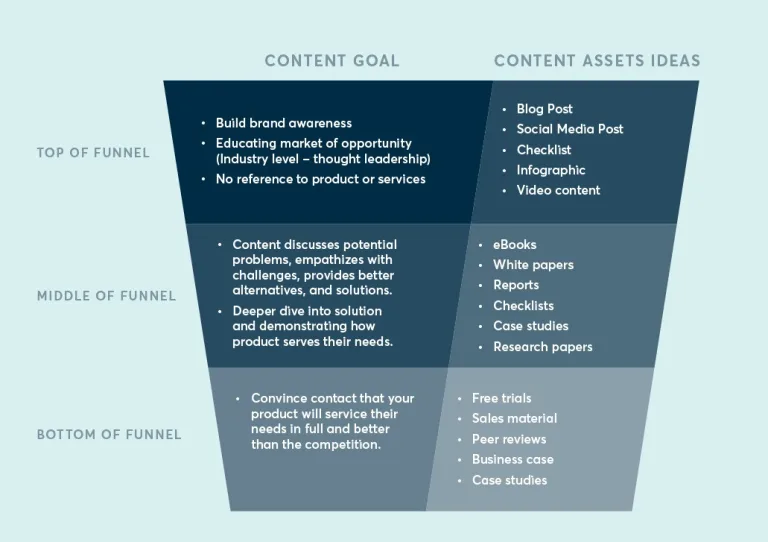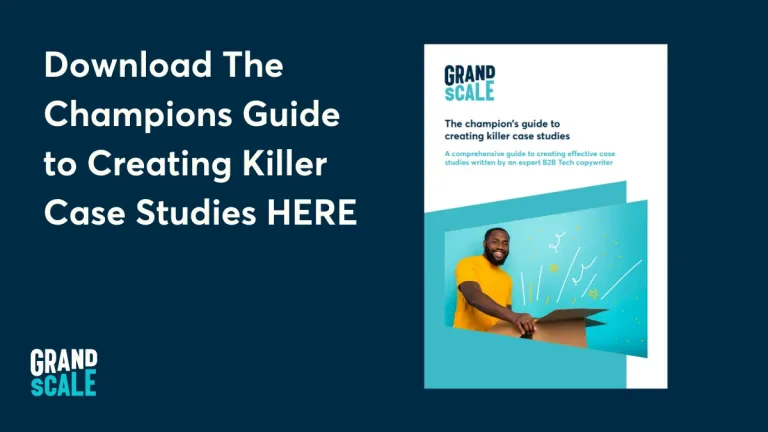
Why Great Content is Key to Turning Strangers Into Customers
There is a powerful, proven and cost-effective way to turn strangers, who may not even be aware of your brand, into loyal customers – content marketing.
Delivering quality content to prospects in a systematic, sustained way enables you to educate, deliver valuable insights, build credibility, offer solutions to problems, and gradually warm up your readers until they are ready to buy your product or service.
Content marketing gets results. It outperforms traditional marketing, costing 62% less while generating three times as many leads (Demand Metric). It will build your reputation as a trusted source of information and hugely increase awareness of your brand.
But it’s not instant. On average, B2B buyers consume SEVEN pieces of content before they’re ready to engage with your sales team.
So you need to be able to create a body of content that has impact, substance and is totally focused on your prospects’ goals, challenges and any objections they might have to buying your product.

Here are eight steps to help you start creating killer content.
1. Know your ideal customer persona
Before you write a word, you need to know exactly who you are writing for. Who is your ideal customer? What’s their age, job, income bracket, level of education, personality type and so on. Know their pain points so that you can empathise and propose solutions to their problems, and their aspirations so that you can help them achieve their goals.
2. Articulate your value proposition
Every time you write a piece of content you need to weave in your value proposition, in other words, what value your products bring to the customer, how and why your company is distinctly different and better than the competitions. To do that you need to have nailed it down.
There are four main elements in a basic value proposition
- Headline: this describes what benefits you are providing
- Sub-heading or short paragraph: clearly sets out what you offer and why
- Features: lists the features or benefits of your brand or service
- Imagery: an image or video to build your call to action
3. Understand your buyers journey
Every piece of content you write must be delivered at the appropriate point on the buyer’s journey. It starts with the ‘getting to know you stage’, moves on to the ‘why our product is right for you’ stage and ends with the ‘make your mind up’ stage. Check out our useful guide below that maps out the type of content needed at each stage of the buyer’s journey.
Content Strategy and Buyer Journey

4. Decide on the type of content
Content can be anything from an infographic or blog to a case study, white paper, e-publication or webinar. You need to decide which type of content fits each stage of the buyers’ journey, what the subject matter for each piece will be, and when it will be delivered to the prospect. Create a content planner that spans several months. This will be your roadmap for content creation and delivery.
5. Write!
Ok, now it’s time to get down to business. If you’ve never written a blog or a case study, or indeed anything, before, you may be wondering where to start. Here are a few tips:
- Start by gathering all the information you want to cover in your content and dump it all into a document
- Structure it into an introduction, the main paragraphs, a conclusion and a call to action (what do you want the reader to do after reading this material?) Decide on a catchy title that will get the reader's attention: for example, 'What is the easiest way to build customer loyalty?' or 'How to rapidly grow your customer base'.
- Revise, edit, edit some more, let it sit, come back to it, edit some more. You want the end result to be polished.
- Get someone else to review it and ament it as required
6. Make it look good
It’s important to make the content look good on the page and recognisable as your brand. Consistently include your company logo, images and colours, and make it easy for the reader to do what you want them to do - download something, get in touch, read another piece of content, sign up to a webinar – creating more opportunities to build authentic relationships and help guide them through their buyer journey.
7. Craft a cracking email to support content delivery
When it’s time to send the content to your prospects you need to spend time crafting an email that will get their attention and make them want to click through to your website content. You’ll need an interesting subject line and a few short paragraphs in the body of the email explaining how they’ll benefit from reading your content.
8. Re-use and re-share your content on social
It’s not always about creating new content. Re-sharing your content effectively on your social channels is a free way to increase its ROI, get more traffic, and save time. We recommend re-sharing your content on social media at least once a fortnight, for up to a year after publication
Writing killer content takes time, practice and perseverance. But if you invest in it, you will reap the rewards.
Get Started Today
To get professional advice to unlock the keys to writing case studies that convert, download The Champion’s Guide to Creating Killer Case Studies written by our expert B2B tech copywriter.



